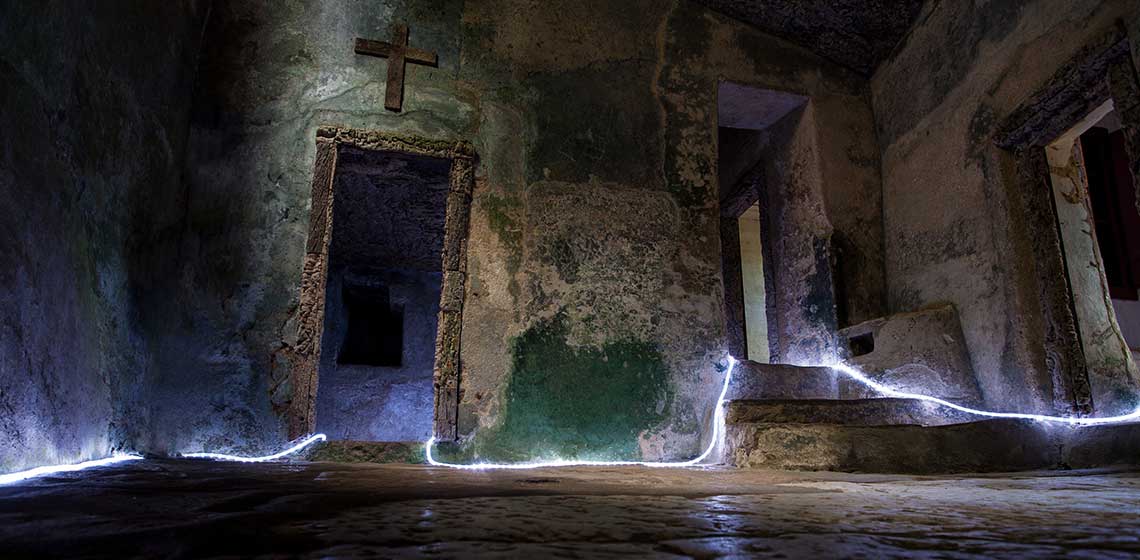Religious monuments in Portugal: discover the most popular ones
Inspired by the Gods, imagined and built by men, these are some of the most popular Portuguese religious monuments, related to the Catholic religion and beyond.
From North to South of Portugal, there are countless religious monuments that deserve to be part of any tourist and/or religious itinerary. When Faith and Religion join Men’s Art and Ingenuity, authentic treasures are born, capable of uniting believers of all creeds or simple History, Art and Architecture lovers. All About Portugal wanted to go beyond the unavoidable Sanctuary of Fátima and the mandatory reference to Braga, and selected 10 of the most popular Portuguese religious monuments. They are emblematic places of worship of Catholicism, but also of the Jewish, Islamic and Buddhist faiths. Whether for the architectural details or the subtleties of their history, as a sign of devotion or love for art, there are plenty of excuses to get to know them.
Santa Luzia Basilica, Viana do Castelo
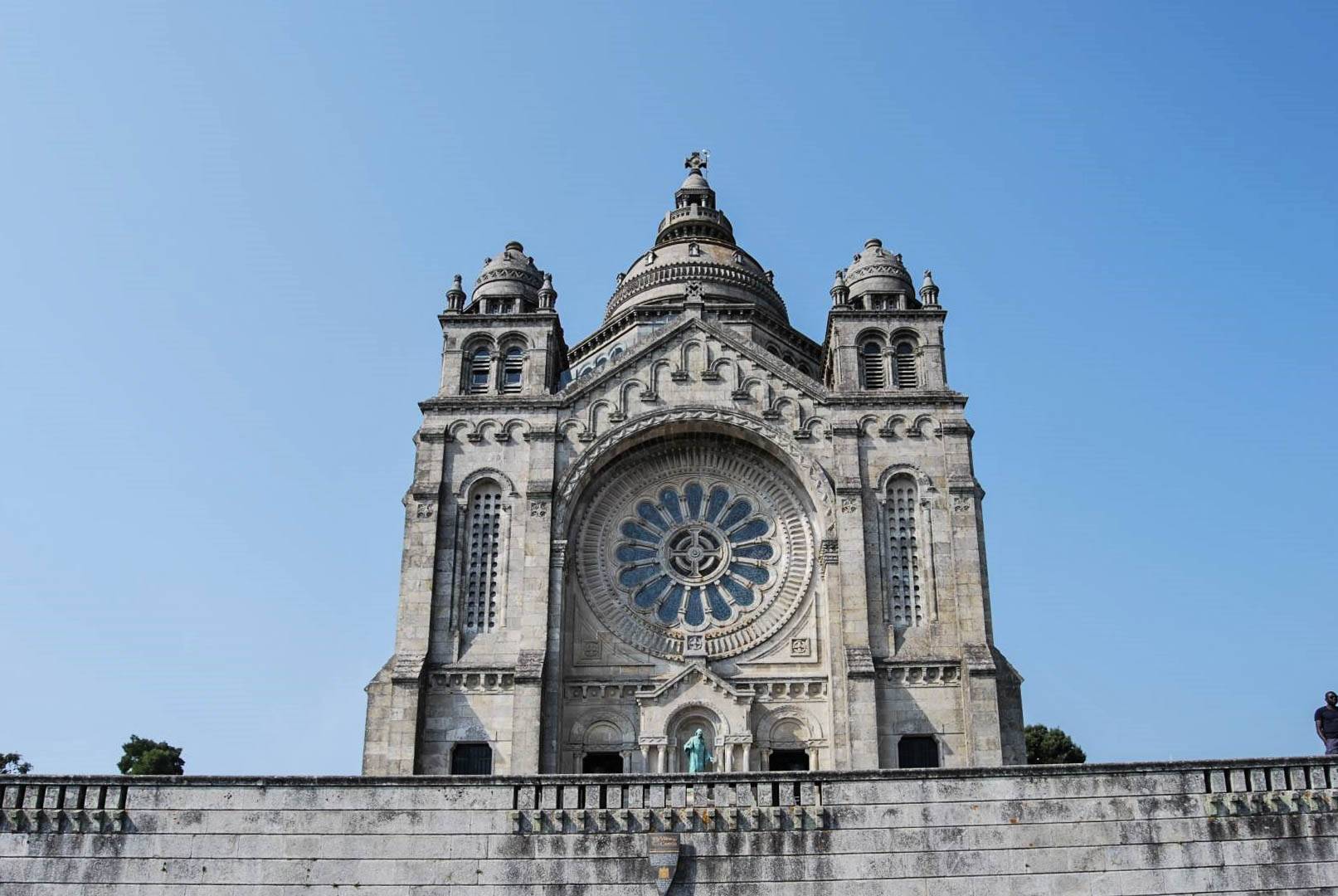
At the top of Santa Luzia Mountain, in Viana do Castelo, the small replica of the Parisian Basilica of Sacré Coeur dominates the landscape. Dedicated to the Sacred Heart of Jesus, the religious monument stands out for the dome that crowns the building and the huge rose windows (the largest in the Iberian Peninsula) framing colorful stained glass windows. Walking up to the basilica is an unmistakable sign of devotion, but you can also go up by car or by funicular. From up there, the view is breathtaking.
Clérigos Tower, Porto
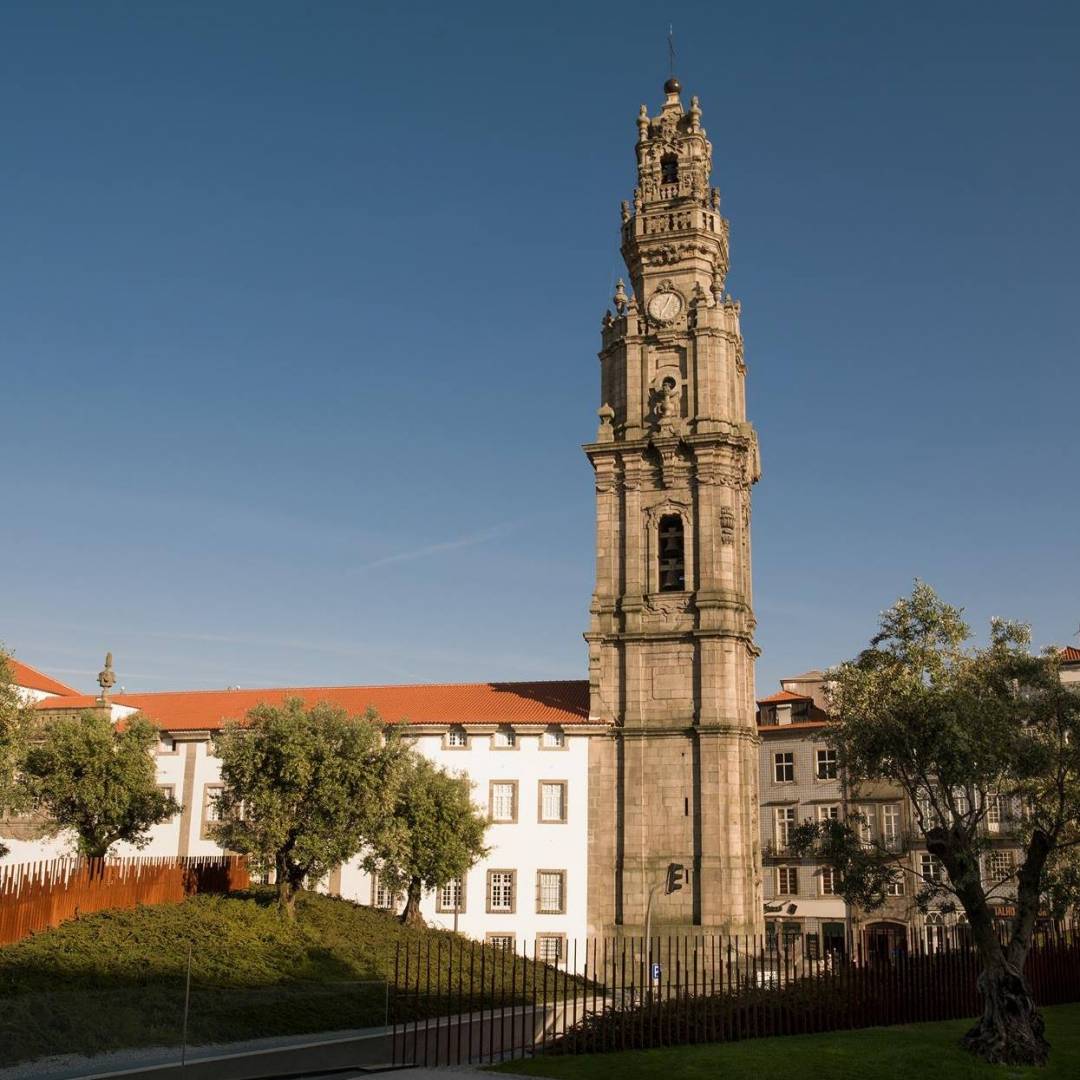
Ex-libris of Porto city, we almost forget that it is, in fact, a religious monument and not just the most beautiful of viewpoints. With the signature of the Italian architect Nicolau Nasoni, this masterpiece of the Baroque, with its 75 meters of height, “is nothing more” than the bell tower of the Clérigos Church. Take a deep breath and climb the 225 steps to the top, with its 49-bell carillon. Catch your breath while enjoying one of the most beautiful views of Invicta.
Porto Synagogue
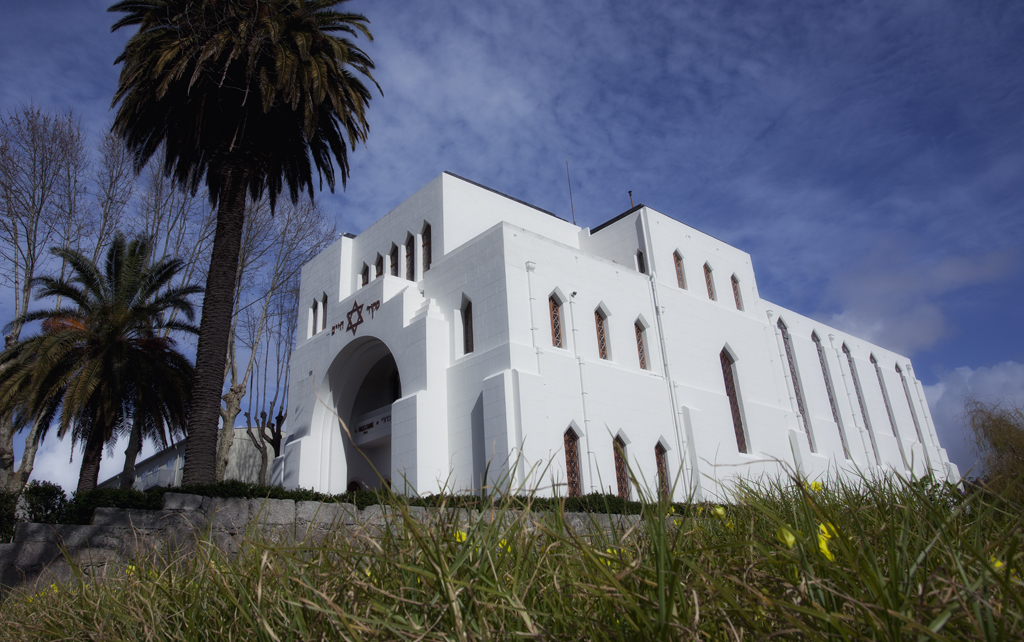
The Jewish heritage in Portugal is vast and diverse, visible in its temples and houses, in the layout of some streets, in toponymy, in rites and traditions that have survived over time. Since the 1920s, Porto has welcomed a large community and, since 1938, has been home to the Synagogue Kadoorie – Mekor Haim, the largest in the Iberian Peninsula. Visit the majestic and modern building and take the opportunity to visit the Jewish Museum of Porto and the Holocaust Museum.
Convent of Christ, Tomar
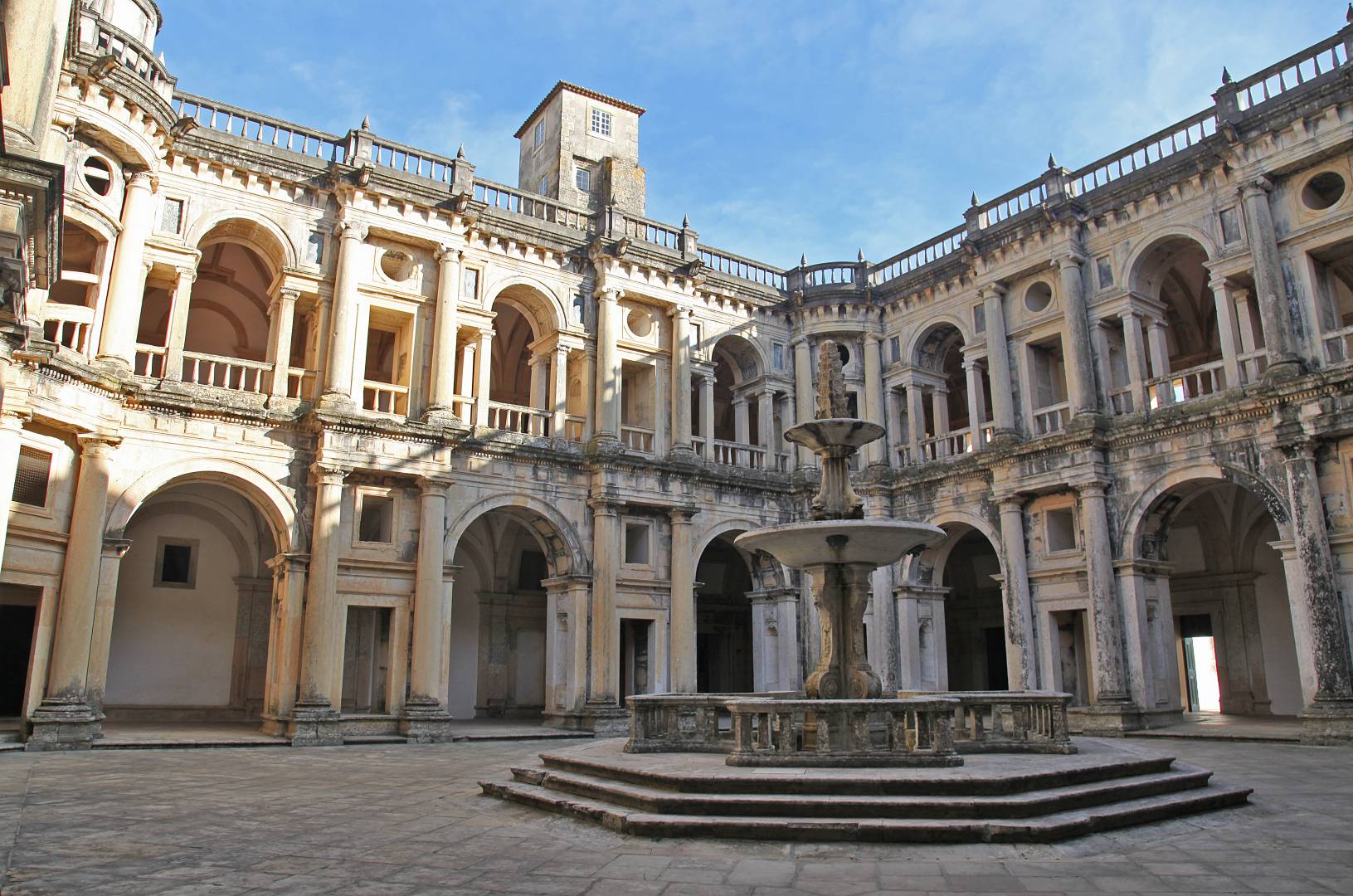
It is the most impressive symbol of the pass of the Knights Templar through Portugal. Built between the 12th and 17th centuries and a UNESCO World Heritage Site since 1983, it impresses with its grandeur and architectural beauty, in a perfect combination of Gothic, Manueline and Renaissance styles. If you are passionate about History and, in particular, about the rites and myths of these warrior monks, be sure to include it in your itinerary of the most incredible religious monuments in Portugal.
Capuchos Convent, Sintra
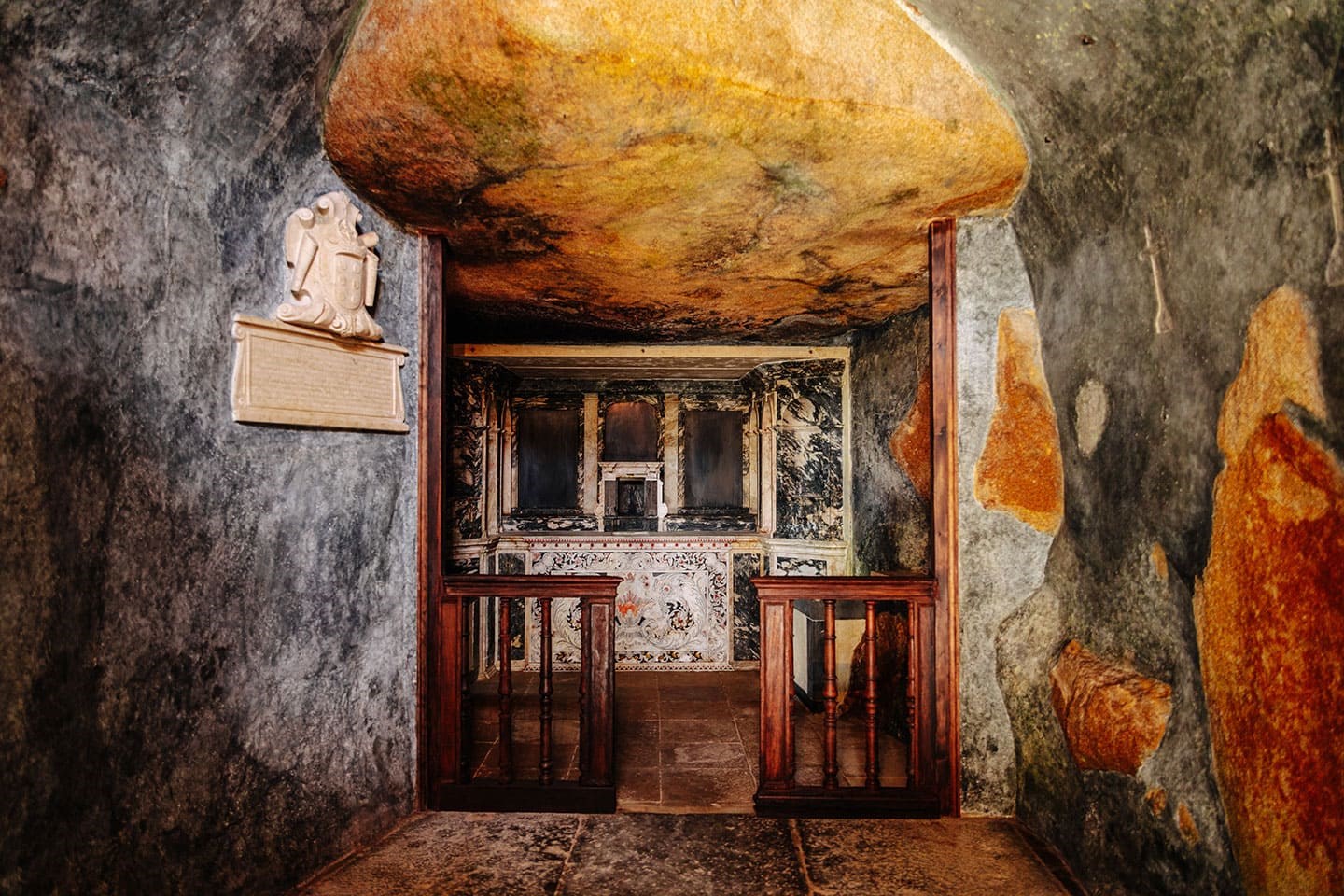
It almost goes unnoticed, such is the simplicity and almost perfect fusion of the surrounding nature. Without any trace of luxury or comfort, the Capuchos Convent housed, until the extinction of religious orders, in 1834, Franciscan monks who faced extreme conditions of poverty and deprivation. Walk through the narrow stone corridors, observe the tiny cork-lined cells and dormitories and notice the vault of the small chapel, formed in the rock itself.
Jerónimos Monastery, Lisbon
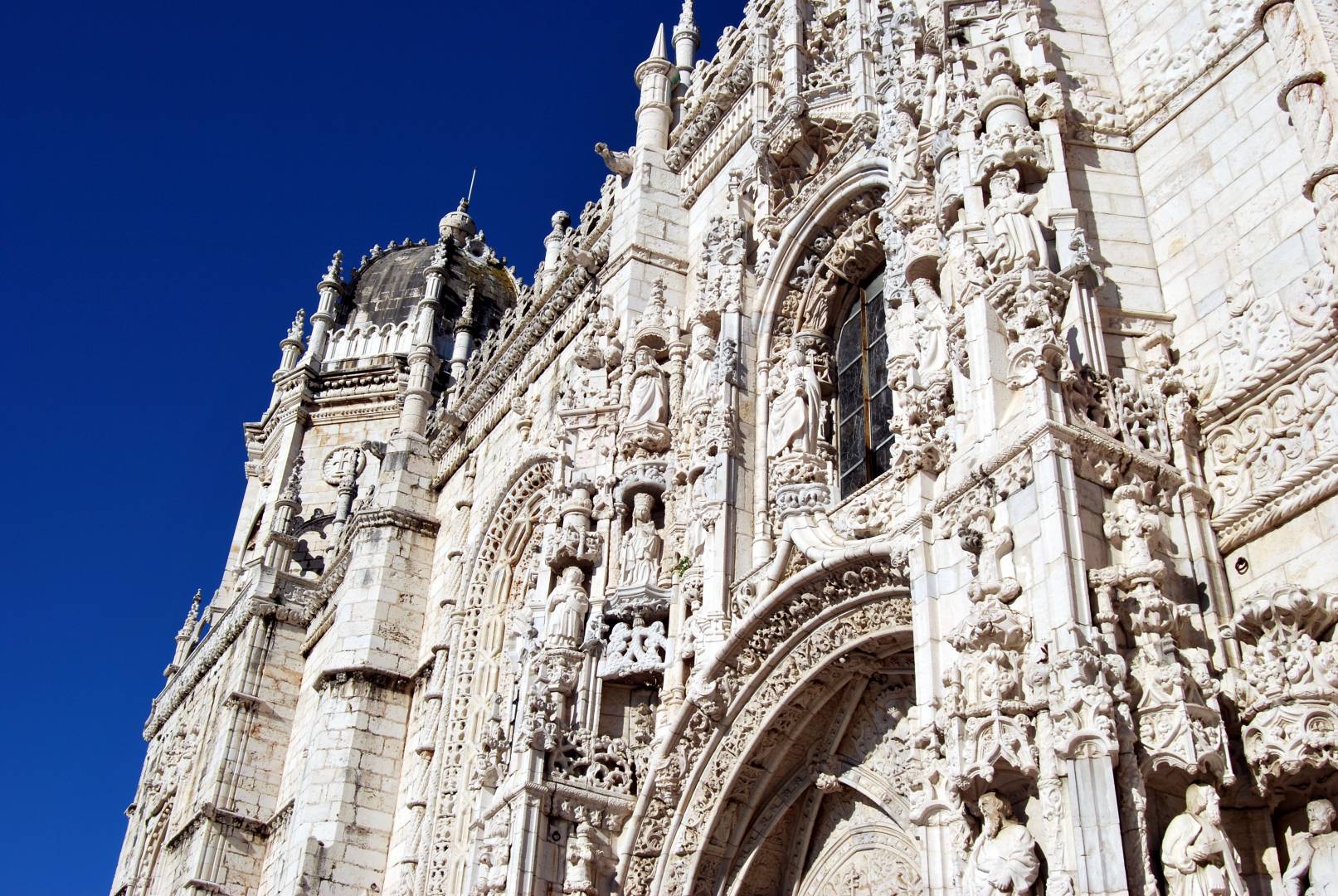
A national monument, a World Heritage Site and one of the Seven Wonders of Portugal, the Jerónimos Monastery is one of the most visited religious monuments in the country, a perfect symbiosis between Religion, History, Art and Architecture. If you are passionate about at least one of these themes, be sure to visit this Manuelino masterpiece. Devote all your attention to the details of the Church of Santa Maria de Belém, the cloister, the old Refectory of the Friars and, of course, the tombs of the immortal writers Luís de Camões and Fernando Pessoa.
Christ the King, Almada
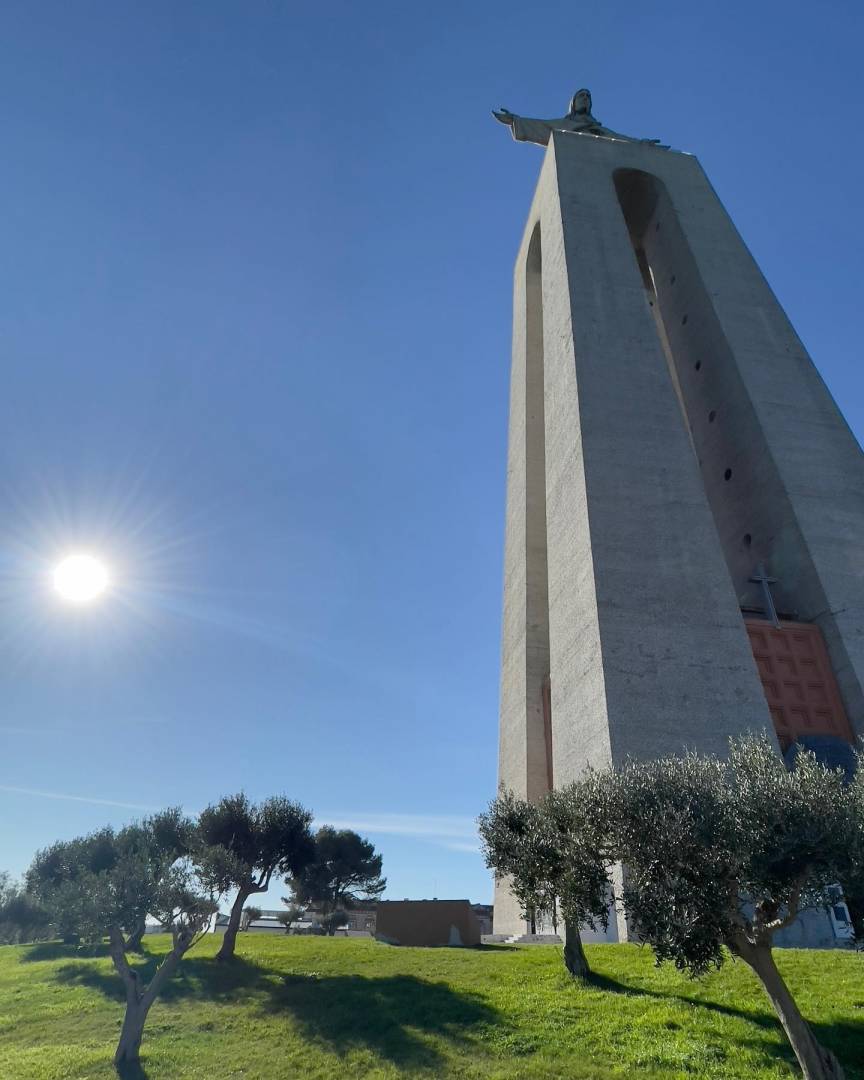
Inspired by the Christ the Redeemer on Corcovado, in Rio de Janeiro, the Almada's Christ the King, with open arms as if embracing Lisbon, is one of the most popular religious monuments in Portugal and a privileged viewpoint to the capital city. The result of a national fundraising campaign and inaugurated in 1959, it measures 110 meters in height and rises 113 meters above the Tagus River. Within the four pillars (symbolizing the cardinal points), find the Chapel of Nossa Senhora da Paz.
Lisbon Mosque
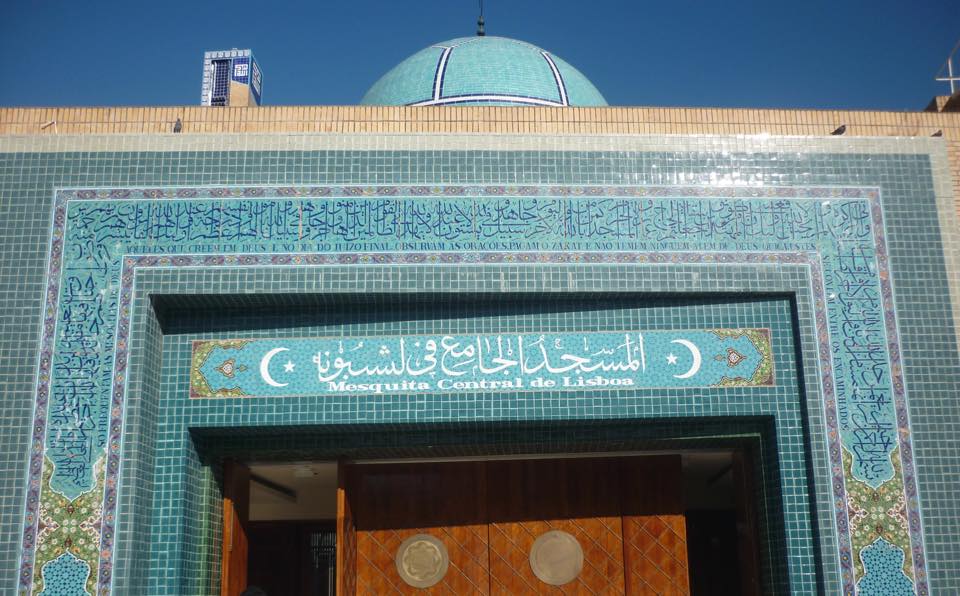
According to official data, there will currently be around 50,000 members of the Islamic Community in Portugal and 51 mosques and places of worship throughout the country. Lisbon is home to the main mosque, an imposing building with modern lines in shades of turquoise. Whether you believe in the Muslim faith or not, it is worth knowing more about the rituals and culture of Islam. Find out about visiting hours and know in advance that you must enter barefoot and with your head covered.
Stupa Tashi Gomang, Alcácer do Sal
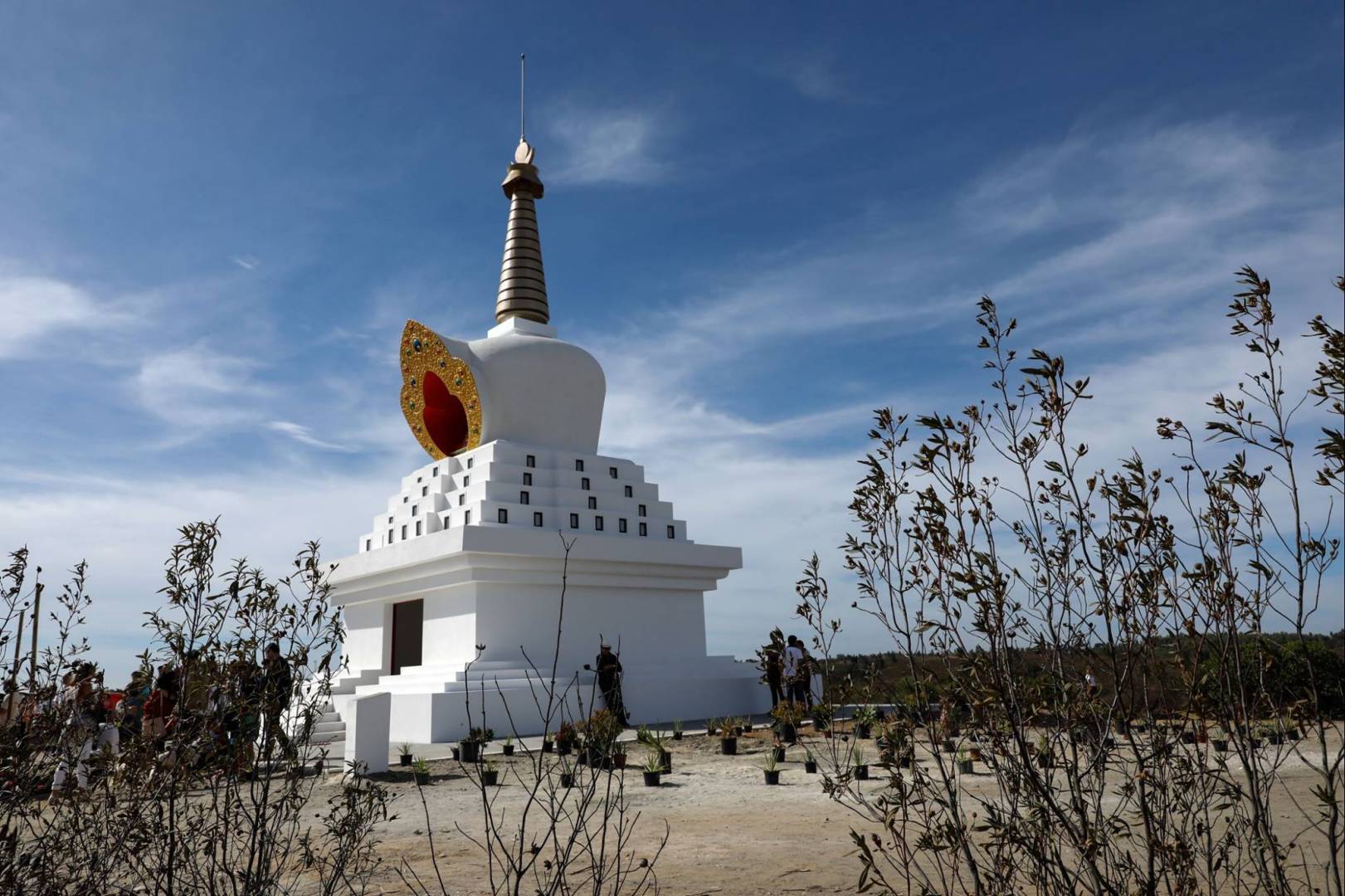
With 16 meters a height and an interior temple of 36 square meters, it is one of the largest Buddhist temples in the western world and is located in Alcácer do Sal, in the Santa Susana Retreat Center. The interior, covered in Alentejo marble and decorated with sacred figurines from Tibet and Nepal, welcomes Buddhist rituals, vows and doctrines. The exterior, surrounded by the green Alentejo landscape, invites to meditation and other spiritual practices. Learn about Buddha's teachings and renew energies.
Chapel of the Bones, Évora
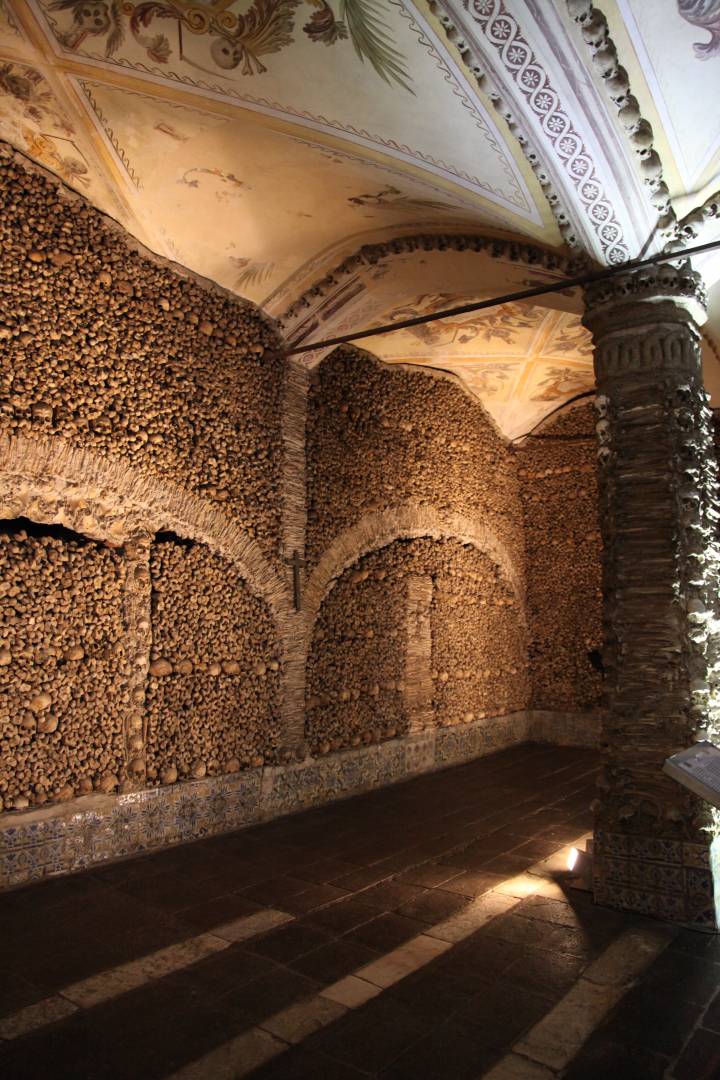
Religious monuments quite common throughout Europe, chapels made of bones are nothing more than an invitation to reflect on life… and death. Of the existing ones in Portugal, the most famous is that of Évora, inside the Church of São Francisco. “We bones that are here, we wait for yours”, can be read at the entrance. Given the motto, you already know what awaits you in the permanent twilight beyond the door: walls, arcades, pillars and ceiling completely covered with thousands of human bones and skulls!
Recommended
